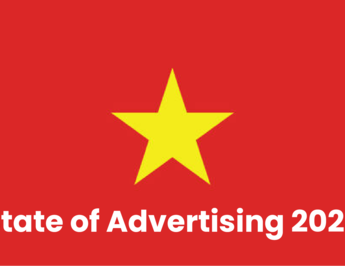
The yearly 'State of Advertising' report gives you actionable insights for the advertising industry. All of which are filtered through the lens of decades of experience in consumer neuroscience and validated through extensive research.
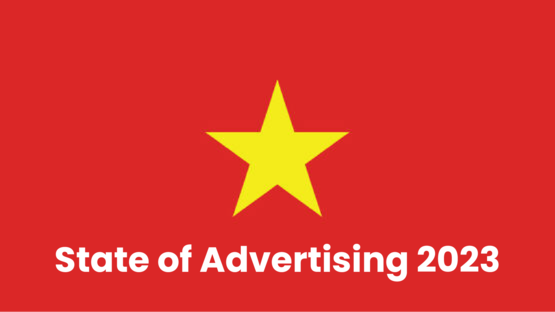
The yearly 'State of Advertising' report gives you actionable insights for the advertising industry. All of which are filtered through the lens of decades of experience in consumer neuroscience and validated through extensive research. In this report, you’ll find all the latest takeaways to help you build a smarter advertising strategy.
For the greatest impact, every marketer must consider the context their digital ads are running in. A YouTube commercial might allow you to lock your audience’s attention for longer than a TikTok ad would, merely because of contextual factors. Aligning ad format with advertising goals can also increase the effectiveness of contextual advertising. Characteristics like ad size, position, and format can impact attention to the ad and affect brand memory.

Short-form videos have burst onto the scene as a versatile medium that provides an engaging way to connect with audiences. Whether a quick tutorial, behind-the-scenes footage, or a product showcase, the 15-second to 2-minute format videos are perfect for capturing viewers' attention. TV broadcasting, TikTok, and streaming services all provide marketing opportunities on their own. But our research with TikTok suggests that brands can compound their success by combining these channels into a fluid video marketing strategy.
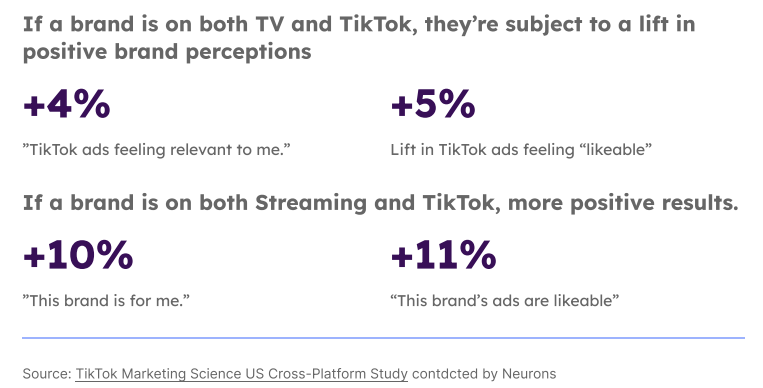
AI is widely used in advertising for its ability to generate data, create fascinating images from short text prompts, and write high-converting copy. The abundance of options may seem like a surefire way to improve performance. However, it is important to remember that simply generating more content does not equate to better results. These findings highlight the importance of testing generative AI designs to determine which is more likely to drive the best results. At the very core, these insights do not come automatically with the generative AI results themselves.

Based on an eye-tracking research study on print advertising that focused on newspaper ads, we found that 7 out of 10 ads in newspapers are seen. People also spend more time viewing ads in the press than on social media and online. Ads in newspapers are easier to understand and require a lower cognitive effort than ads in social media. Copy and text are key for newspaper ads, with 57% of participants viewing them in print ads.
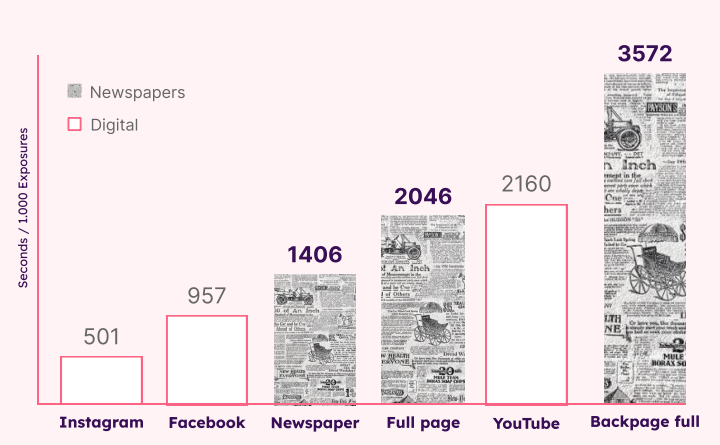
Brand experiences define brand perception and associations. Cross channel advertising elevates brand experiences, while friction leads to negative emotions and brand perception. According to study, we found that mobile delays lead to a strong emotional and cognitive response, comparable to watching a horror movie.
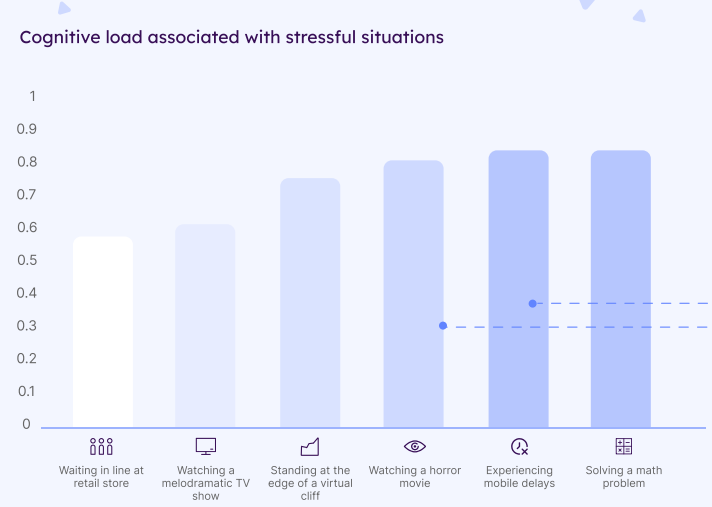
Behavioral insights are powerful in easing the uncertainty surrounding the attention economy. Businesses can make better decisions on how and where to invest their marketing resources once they truly understand what motivates consumers. Striking a balance between old and new can maximize reach and engagement, making both print and predictive AI effective tools in the attention economy.
Source: Neurons